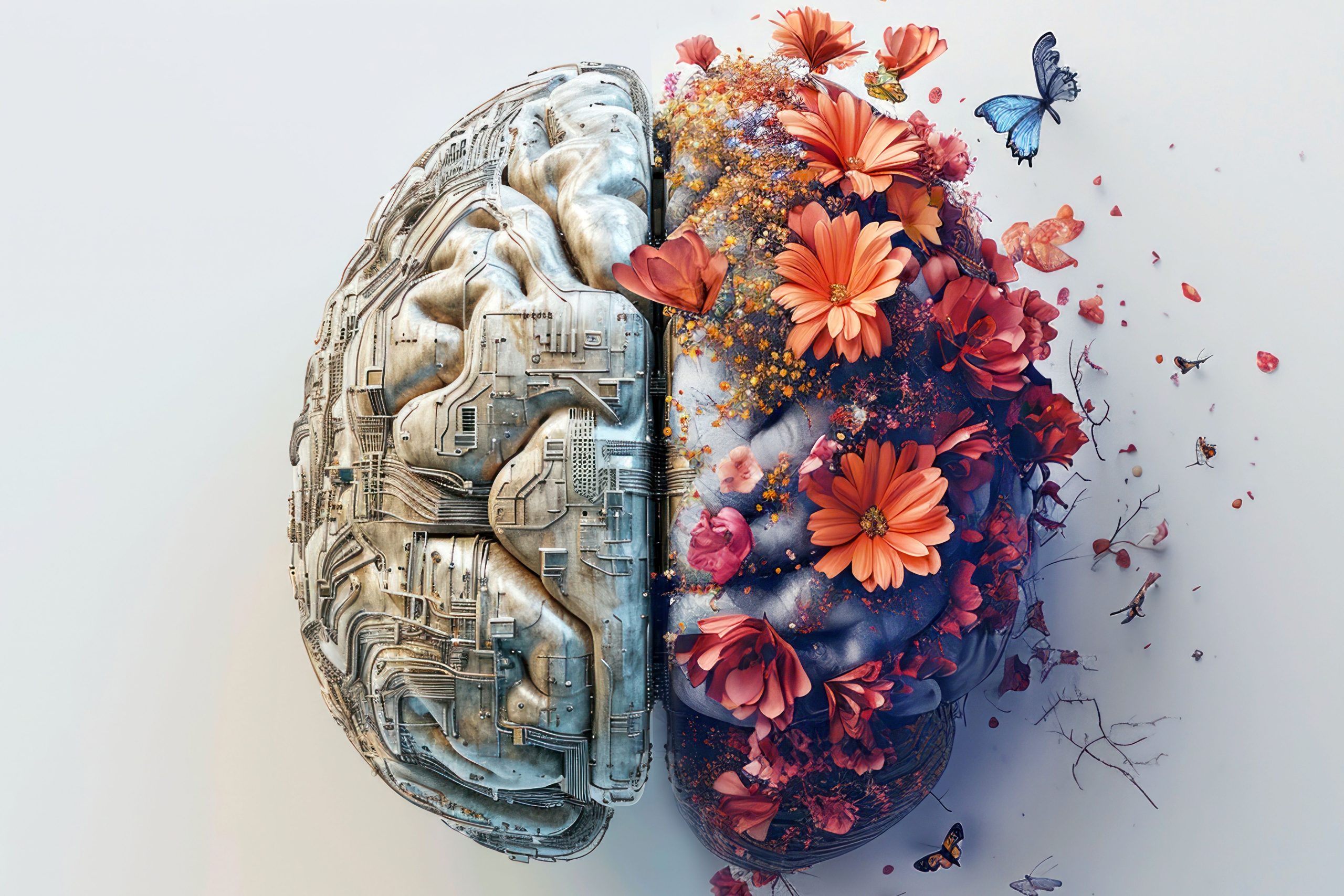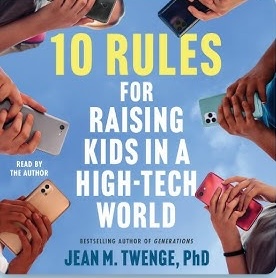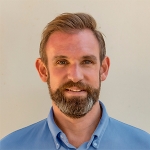
Few topics lead to greater despair at Learning and the Brain conferences than “neuromyths.” Teachers cling to these “brain-based” beliefs despite the absence of research supporting them — and despite all the zealous debunking from our experts.
No:
- Learning Styles are not a thing;
- Left-brain/right-brain distinctions have no teaching implications;
- Fidget spinners don’t help students attend or learn;
- Power poses don’t matter;
- “Enriched environments” don’t benefit students;
- Brain gym doesn’t help…
This list could go on at wearying length.
Sadly, I’ve got even worse news. Belief in these myths extends across the globe, and persists despite all our best efforts to stamp them out. One recent article reports that 89.1% of teachers believe in the visual/auditory/kinesthetic learning style myth. (Please picture the ‘gnashing teeth’ emoji here.)

For all these reasons, scholars in this field search for the best ways to revise teachers’ misunderstandings. The article I just mentioned — published last year in Mind, Brain, and Education — offers a detailed narrative looking at different strategies and their (depressingly small) effects.
Rather than review those strategies, I want to back up a big step and consider a crucial problem in these efforts. I think that MANY efforts won’t work because we’re thinking about the problem the wrong way. Our misunderstanding begins with the word itself: “neuromyths.”
It’s All Stuff In The Head
The field of “Mind, Brain, and Education” brings together at least three different disciplines:
- Mind = the study of mental function. We call that “psychology.”
- Brain = the study of the physical object of the brain (and nervous system). We call that “neuroscience.”
- Education = you know, teaching and schools and chalk dust.
The difference between mind and brain — between “psychology” and “neuroscience” — might seem too technical to merit our attention. After all, they’re both ways of studying “stuff going on inside the head.”
But we really must focus on that difference. If we don’t, the resulting confusion and mis-direction make our work less effective.
Let’s start with neuroscience: a kind of biology. If you’re looking at..
- brain regions — like the amygdala and the pre-frontal cortex, or
- neurons, or
- myelin, or
- neurotransmitters…
…you’re talking neuroscience.
While neuroscience studies biological objects, psychology studies mental function. If you’re studying…
- attention, or
- motivation, or
- memory, or
- anxiety, or
…you’re talking psychology.
For most of the 20th century, these fields regarded each other with deep suspicion, and would be surprised that anyone would have trouble telling them apart. But in truth, the distinction can feel tricky to non-experts.
One way to distinguish between them is to ask: “what is the researcher doing to study the question?”
- If you can tap it with a scalpel or look at it with a microscope or an fMRI gizmo, it’s neuroscience.
- If you give students a test to see how much they remembered, or a questionnaire to see whether or not they paid attention, that’s psychology.
(I should be clear: I’m answering a complicated question with a few hundred words. I’m trying not to oversimplify, but reasonable people would want me to rephrase some of those sentences. If you want a deeper dive, check out this podcast where I discuss the question with Zach Groshell and Kris Simmers.)
Why the Difference Matters
Here’s a plausible logical chain:
- Neuromyths result from a misunderstanding of neuroscience. (The clue is right there in the name!)
- Therefore, we can reduce belief in neuromyths by teaching people accurate neuroscience.
But this logical chain starts with a flaw. Most neuromyths aren’t primarily neuroscience claims. Most “neuromyths” are primarily psychology claims.
For example: claims about “learning styles” rest fundamentally on claims about mental behavior. “Visual learners” learn one way; “auditory learners” learn another way.
In this claim, “learning” is a mental behavior — it’s psychology — because I should test it using psychological methods. For instance, I would “align instruction with students’ learning style” and see how much more they learn. (To be clear: students don’t learn any more. The claim is false. It’s a myth.)
When challenged, champions of learning styles theory might try to defend their claim with neuroscience terminology. But the theory itself isn’t about the electrical or chemical behavior of neurons; it’s fundamentally about the mental behavior of learners.
In brief, learning styles theory isn’t a neuromyth. If anything, it’s a pschyo-myth.
To keep this blog post relatively short, I won’t go through each “neuromyth” claim to demonstrate that it’s a “psychomyth.” But almost all of them are — including the ones that have the word “brain” in them. (I’m looking at you, “left-brain/right-brain” and “brain gym.”)
Why does this difference matter?
Because: we can’t debunk “neuromyths” by teaching neuroscience. The myths don’t rest on neuroscience.
Although well-meaning, these neuroscience education efforts almost certainly won’t succeed.
Opportunity Costs Matter
At this moment, I can imagine a reasonable-sounding objection: “teachers benefit from learning neuroscience even if that knowledge doesn’t change their neuromyths.”
I have three concerns with that response:
First: I’m skeptical that neuroscience knowledge does benefit teachers. I can’t think of any classroom teaching advice that derives from neuroscience, not psychology.
Second: if the goal is to reduce belief in neuromyths, let’s choose a strategy that actually reduces teachers beliefs in neuromyths.
Third: we’re talking an ENORMOUS amount of time here.
- In one PD intervention — described as “very brief” — teachers spent a “short” fifteen hours learning neuroscience.
- Another study looked at the effect of neuroscience courses in schools of education. A full term course — over forty hours — “showed no effect on beliefs in neuromyths.”
As a PD presenter in schools, I’m lucky to get three hours with teachers. The idea that we’ll devote fifteen hours — or forty hours — to an approach that probably doesn’t work seems…unwise.
Uplifting Conclusion
I’d love to offer one. Here’s the best I can do:
First: Because neuromyths don’t result from a misunderstanding of neuroscience, we shouldn’t teach neuroscience to debunk them.
Second: In my own work, I don’t actually try to DEBUNK neuromyths; I try to REPLACE them.
That is, I don’t say: “give up on all that foolishness. It’s a myth.”
I do say: “Here’s what we know about working memory. If you start anticipating working memory overload in your lessons, your students will learn much more! Their attention and motivation will also improve!”
My theory is: if teachers are thinking about working memory all the time, then they’re spending less time thinking about psycho-myths. I have no research to support this claim, but it’s the best approach I’ve been able to think of.
If you have a more effective strategy, please let me know!
Rousseau, L. (2024). Dispelling Educational Neuromyths: A Review of In‐Service Teacher Professional Development Interventions. Mind, Brain, and Education, 18(3), 270-287.
Pashler, H., McDaniel, M., Rohrer, D., & Bjork, R. (2008). Learning styles: Concepts and evidence. Psychological science in the public interest, 9(3), 105-119.





